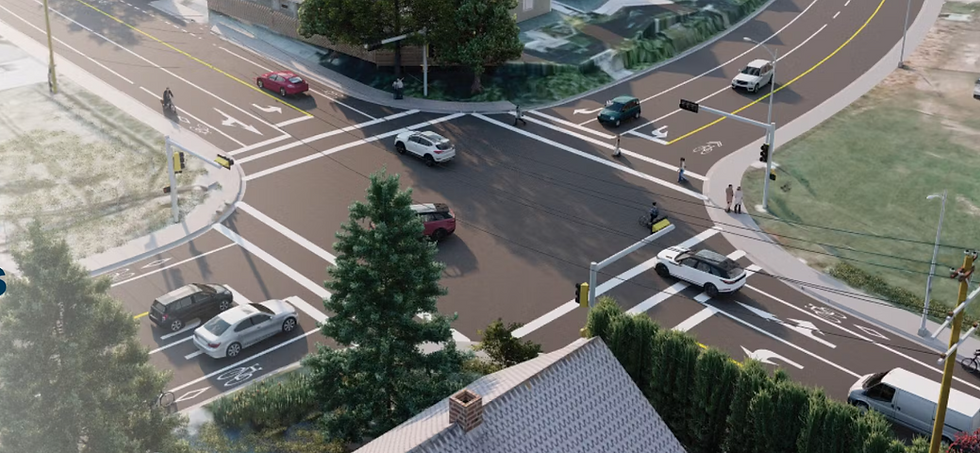One Line, 70,000 People: Why West Kelowna Needs Power Redundancy
- Shannon Lake
- Sep 13
- 2 min read
By Mick Wood

On the westside of the Okanagan, more than 70,000 of us—living in West Kelowna, Peachland, the Westbank First Nation, and parts of Summerland—depend on a single 138-kilovolt transmission line. That line powers everything: our homes, our businesses, our schools, and our urgent care facilities. But it also leaves us exposed. One fire, one storm, or one equipment failure could cut us off completely.
If we want to know what that looks like, we don’t need to imagine. We just need to look to Port Alberni.

Last summer, the Mount Underwood Wildfire left about 500 residents there without power for 12 days—August 11 through 23. Twelve days without refrigeration, without reliable access to medical devices, without fully functioning businesses. Twelve days of disruption to daily life. And that was with a relatively small number of people affected. Here on the westside, the same kind of outage could impact tens of thousands. The scale of the consequences would be far greater.
What makes our situation even more concerning is how unusual it is. The westside is the most populated area in British Columbia without a redundant power supply. In other words, no other community of our size is this vulnerable.

BC Hydro has acknowledged this risk for years. In fact, the need for a redundant transmission line was identified back in 2014. At an open house in 2019, residents were told to expect a decision by 2020, with service beginning in 2022. That timeline has slipped dramatically. Now, the utility projects a backup line will not be in service until sometime between 2030 and 2032.
As Debra Lamash, BC Hydro’s stakeholder engagement advisor, explained in June:“BC Hydro identified the leading alternative route in the fall of 2024 and we’re now working to define the route the new transmission line will follow from Westbank Substation to connect to the FortisBC system in Kelowna, including identifying how it will cross Okanagan Lake. Once the route is defined, we’ll prepare and submit a Certificate of Public Convenience and Necessity (CPCN) to the BC Utilities Commission.”
In the meantime, BC Hydro says it is focused on maintaining the current line. Lamash outlined steps such as applying fire retardants, managing vegetation, upgrading equipment with fire-resistant materials, and keeping specialized crews ready for emergency repairs. These measures help, but they cannot eliminate the reality that one line means one point of failure.
The Mount Underwood Wildfire is proof of what can happen when that single point of failure is exposed. For Port Alberni, it was a disruptive inconvenience. For us, it could be a regional crisis.
Our communities are growing, our wildfire seasons are intensifying, and our reliance on stable power has never been greater. While the long-term work of planning routes, conducting environmental studies, and consulting with Indigenous partners must continue, so too must the urgency.
The lesson from Mount Underwood is clear: we cannot afford to wait until disaster strikes to act.




Comments